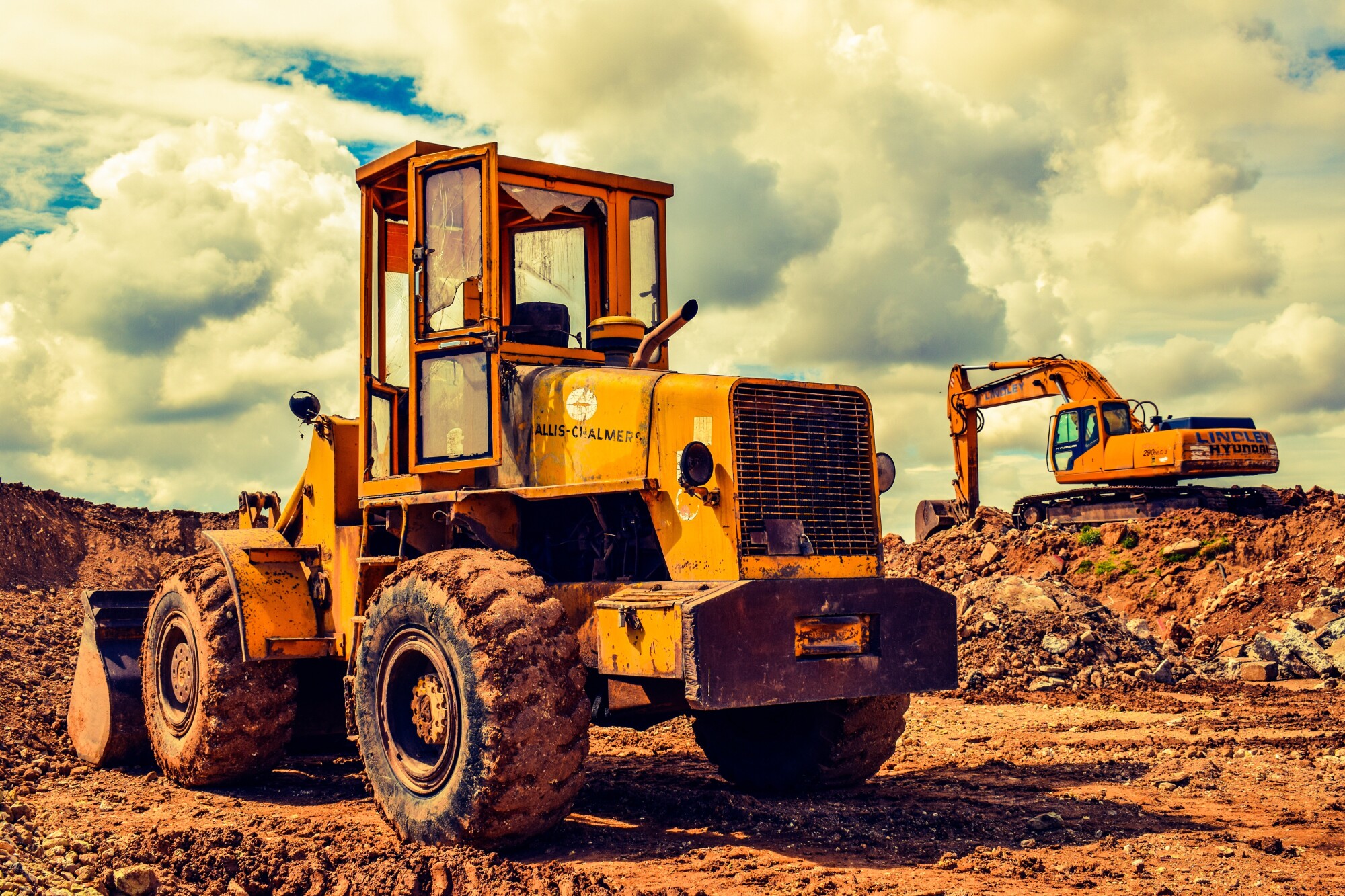Is your heavy machinery performing as well as you want it to?
We know the importance of looking after our employees, but machinery gets forgotten. Without your machinery, your employees can’t do their jobs. But organizing proper maintenance can be a daunting prospect.
Don’t worry, we’re here to help! Read on for these five heavy equipment maintenance tips to keep your machinery in top condition.
1. Set a Maintenance Routine
Like you’d encourage an annual health check for staff, you should do the same for your heavy equipment. Annual equipment maintenance check-ups should look for condition and functionality.
This will give you an idea of how it’s performed since the last check and will help spot any issues early. Annual checks are a great way to track general performance; it’s easier to see when things are going wrong.
You’ll spot the small issues before they become large ones. The bigger the issue, the more dangerous it can be. And it’s most likely to be more expensive to fix. It could be the difference between equipment repair, or an entire kit replacement.
2. Use the Correct Equipment for Each Job
To match equipment with the task you’re doing you need to consider the variable. These include:
- the terrain
- weather conditions/climate
- material composition
Any attachments or accessories (like buckets) should fit your specific machine. There is no room for guesswork when the safety of your employees is at stake.
Double-check that your machinery and attachments are in working order before each use. When getting replacement parts, don’t assume that the first one you see is the right fit.
3. Don’t Over-Stress Your Equipment
Don’t push past the stated performance limitations and specs. If you’re unsure what your heavy equipment can handle, check the owner/operator manual.
When you’re relying on it as a staple part of operations efficiency and effectiveness are key. You need the best performance that will get the best results for the effort put in.
Make sure your employees (and yourself) know and stick to the weight limits on loads. It’s important to understand the limits on inclines too. This is how you will help keep your equipment in top shape.
4. Store Your Equipment Right
Another necessary, preventative maintenance measure is storing your equipment right. It’s vital for keeping equipment safe, in good condition, and operating at its best.
Large equipment like construction equipment should stay covered, in a moisture-free storage area. If needed, this area should have environmental control.
This was, your equipment is safe from the damage water and moisture can do. You don’t want a build-up of rust and corrosion that can shorten their lifespan and make them unsafe to use.
5. Make Sure Employees Know How to Handle It
As we’ve seen, your employees can’t do their jobs without your heavy equipment working as it should. But your equipment can’t operate to its full potential if your employees don’t know how to use it right.
For some equipment, you can get away with simple hands-on instructions. Others will need special qualifications and courses to attend. Its important employees know how to handle the equipment to keep them, and it, safe from harm.
Heavy Equipment Maintenance Made Easy
So, there you have it! Now you know these top five tips, you’re well on the way to keeping your heavy equipment in top shape.
Regular, preventative equipment maintenance routine is vital. As is making sure employees having the training and qualifications to operate your heavy equipment. Store your heavy equipment right, to keep it working at its best for longer.
If you found this article helpful, check out our other blog posts today!

